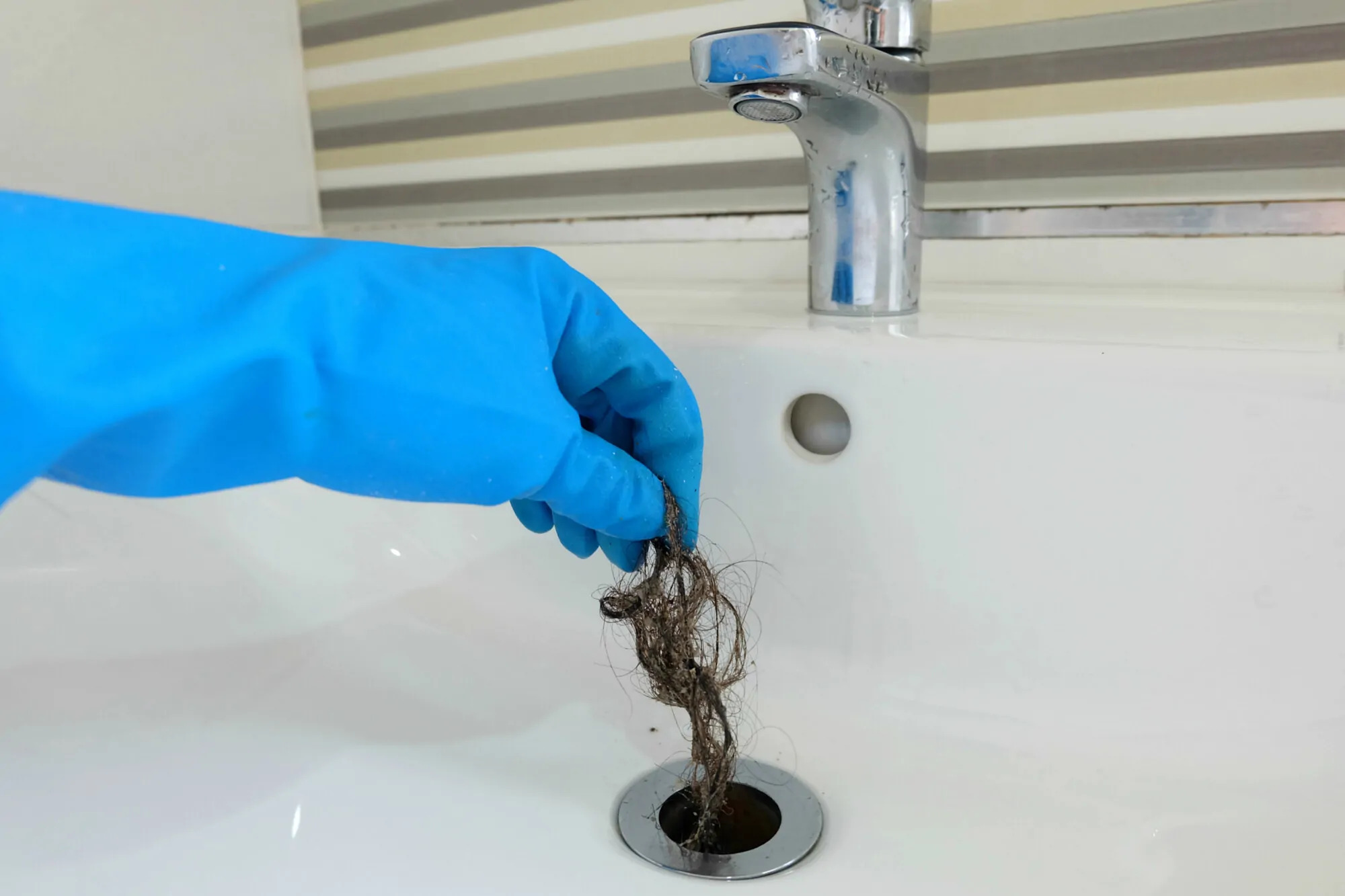

Articles
How To Get Hair Out Of Sink Drain
Modified: February 23, 2024
Looking for articles on how to get hair out of sink drains? Find helpful tips and tricks in our comprehensive guide to keep your drains clog-free.
(Many of the links in this article redirect to a specific reviewed product. Your purchase of these products through affiliate links helps to generate commission for Storables.com, at no extra cost. Learn more)
Introduction
Clogged sinks can be a frustrating issue to deal with, especially when it’s caused by a clump of hair that has made its way into the drain. When this happens, the water can back up, causing a mess and preventing proper drainage. Removing hair from a sink drain might seem like a daunting task, but with the right tools and techniques, it can be a relatively simple process.
In this article, we will outline a step-by-step guide on how to get hair out of a sink drain. Whether you’re dealing with a minor clog or a completely blocked drain, these methods will help you clear the hair and restore proper water flow.
Before we dive into the specifics, it’s important to note that prevention is key when it comes to dealing with hair in sink drains. Regular maintenance and a few simple habits can help prevent clogs in the first place. For instance, using a drain cover or strainer can catch hair and other debris, preventing it from entering the drain. Additionally, taking the time to clean out the drain cover or strainer regularly can help avoid buildup and potential clogs.
Now, let’s get started with the step-by-step process of removing hair from a sink drain.
Key Takeaways:
- Say goodbye to hair clogs in your sink drain by following a simple step-by-step guide using common household tools and preventive measures. Keep your sink running smoothly and clog-free with confidence.
- Prevent future hair clogs by implementing easy habits like using a drain cover, disposing of hair properly, and cleaning the drain regularly. With the right tools and techniques, you can handle this common household issue with ease.
Read more: How To Get Something Out Of The Sink Drain
Step 1: Gather the necessary tools
Before you begin removing the hair from your sink drain, it’s important to gather the necessary tools. Having the right tools on hand will make the process much easier and more effective. Here are the tools you’ll need:
- A pair of rubber gloves: Wearing rubber gloves will protect your hands from any bacteria or unpleasant odors that may be present in the drain.
- A flashlight: A flashlight will help you get a clear view of the drain and identify any obstructions.
- A plunger: A plunger can be used to create suction and dislodge the hair clog.
- A drain snake: Also known as a plumber’s snake or auger, a drain snake is a long, flexible tool specifically designed to remove clogs from drains.
- Baking soda and vinegar: These common household items can be used to create a homemade solution to dissolve the hair clog.
- Boiling water: Boiling water can help flush out any remaining hair or debris after you’ve removed the clog.
Make sure you have all of these tools readily available before moving on to the next step.
Step 2: Remove the sink stopper
To effectively remove the hair from the sink drain, you’ll first need to remove the sink stopper. The stopper can often be the source of the clog or can hinder the removal process. Follow these steps to remove the sink stopper:
- Look for a small lever or ring on the back or side of the sink stopper. This is usually used to control the movement of the stopper.
- Once you locate the lever or ring, lift it up or twist it counterclockwise, depending on the type of stopper you have. This should release the stopper from the drain assembly.
- Once the stopper is released, pull it out from the drain. If it’s connected to a rod underneath the sink, you may need to unscrew or disconnect it before removing the stopper.
Removing the sink stopper will provide you with easier access to the hair clog, making it simpler to remove. Remember to set the stopper aside in a safe place so it doesn’t get misplaced or damaged.
With the sink stopper removed, you can now move on to the next step in the process.
Step 3: Use a plunger
If the hair clog is not too severe, a plunger can be an effective tool to dislodge it and restore proper water flow. Here’s how you can use a plunger to remove the hair from your sink drain:
- Ensure that there is enough water in the sink to cover the rubber cup of the plunger. If there isn’t enough water, add some until the cup is submerged.
- Place the plunger cup over the drain opening, ensuring a tight seal.
- Using quick and firm motions, push and pull the plunger up and down. The suction created by the plunger should help dislodge the hair clog.
- Continue plunging for a few minutes, checking periodically to see if the water is draining. If the water starts to drain freely, it’s a sign that the clog is clearing.
- If the plunger doesn’t initially remove the hair clog, try repeating the process a few more times. Sometimes, it may take several attempts to completely clear the clog.
- Once the clog is cleared, run hot water through the drain for a few minutes to flush out any remaining debris. This will help ensure that the drain is completely clear.
Using a plunger is a simple and effective method to remove minor hair clogs from sink drains. However, if the plunger doesn’t work or the clog is more severe, you may need to try other methods.
Let’s move on to the next step to explore another technique for removing hair from your sink drain.
Step 4: Try a drain snake
If using a plunger didn’t fully remove the hair clog from your sink drain, a drain snake can be a useful tool to tackle more stubborn clogs. A drain snake, also known as a plumber’s snake or auger, is a long flexible tool designed to reach deep into the drainpipe and break apart or retrieve clogs. Follow these steps to use a drain snake:
- Insert the end of the drain snake into the drain opening, pushing it slowly but firmly into the pipe.
- As you insert the snake, twist it clockwise to help it move through the drainpipe. This twisting motion will help the snake navigate through any bends or obstacles.
- Continue pushing the snake further into the pipe until you feel resistance. This resistance is an indication that you have reached the clog.
- Once you reach the clog, use a back-and-forth motion and gentle pressure to break it apart or hook onto the hair. Be careful not to be too forceful, as you could damage the drainpipe.
- Slowly pull the drain snake out of the pipe, being mindful of any remaining clog or hair attached to it.
- Dispose of any hair or debris you remove from the drain snake. You can use a paper towel or disposable bag for easy cleanup.
After using the drain snake, run hot water through the drain for a few minutes to flush out any remaining hair or debris. This will ensure that the drain is completely clear.
If the drain snake doesn’t remove the hair clog or if you prefer a homemade solution, let’s move on to the next step for an alternative method.
Pour boiling water down the drain to help loosen and flush out the hair. Follow up with a mixture of baking soda and vinegar to further break down the hair and clear the drain.
Read more: How To Take Sink Drain Out
Step 5: Homemade solution using baking soda and vinegar
If you prefer a natural and chemical-free method to dissolve the hair clog in your sink drain, you can create a homemade solution using baking soda and vinegar. Baking soda is known for its cleaning and deodorizing properties, while vinegar acts as a mild acid that can help break down the hair and other organic matter. Here’s how to use the baking soda and vinegar solution:
- Start by pouring a pot of boiling water down the drain to help loosen any hair or debris.
- Next, pour half a cup of baking soda down the drain. Make sure it goes as far into the drain as possible.
- Afterward, slowly pour half a cup of vinegar down the drain. As the vinegar reacts with the baking soda, it will create a foaming action that can loosen and break apart the hair clog.
- Let the baking soda and vinegar solution sit in the drain for about 15-30 minutes. During this time, the foaming action will work to dissolve the hair and break up any remaining debris.
- After the designated time has passed, flush the drain with hot water for a few minutes to wash away the dissolved hair and debris.
Using a baking soda and vinegar solution can be an effective and environmentally-friendly way to clear hair clogs in your sink drain. However, if the clog persists, or if you want to take additional preventive measures, let’s move on to the next step.
Step 6: Run hot water through the drain
After you have successfully removed the hair clog from your sink drain using the previous steps, it’s important to run hot water through the drain to ensure that it is completely clear and free from any remaining debris. Here’s how to properly flush the drain with hot water:
- Turn on the hot water faucet and let it run at full force. The hot water will help flush out any remaining hair or debris.
- Allow the hot water to run for a few minutes, ensuring that it flows through the drainpipe without any signs of backup or slow draining.
- Monitor the water flow and check for any unusual odors or gurgling sounds that may indicate a lingering clog. If you notice anything out of the ordinary, repeat the previous steps to address it.
Flushing the drain with hot water not only helps clear any remaining debris, but it also helps prevent future clogs by washing away any accumulations that could potentially lead to blockages. It’s a final step to ensure the full functionality of your sink drain.
Now that you have successfully removed the hair clog and thoroughly flushed the drain, let’s move on to the last step, where we’ll discuss some preventive measures you can take to avoid future clogs.
Step 7: Prevent future clogs
Preventing future clogs in your sink drain is essential to maintain optimal drainage and avoid the hassle of dealing with hair buildup. By implementing some preventive measures, you can significantly reduce the likelihood of experiencing clogs. Here are some tips to help you prevent future clogs:
- Use a drain cover or strainer: Place a drain cover or strainer over your sink drain to catch hair and other debris before it enters the pipe. Empty the collected hair and debris regularly to prevent buildup.
- Dispose of hair properly: Avoid flushing hair down the drain or allowing it to accumulate around the sink area. Instead, collect hair and dispose of it in the trash.
- Clean the drain regularly: Establish a routine of cleaning the drain using a combination of baking soda and vinegar. This will help prevent the accumulation of hair and other debris.
- Minimize the use of hair products over the sink: When washing or styling your hair, try to minimize the use of hair products over the sink. Excess products can contribute to clogs by causing hair to stick together and cling to the drain walls.
- Be cautious with food debris: Be mindful of food particles that can sometimes find their way into the sink drain. Avoid letting food scraps go down the drain as much as possible.
- Regularly clean out the drain cover or strainer: Remove hair and debris from the drain cover or strainer frequently to prevent buildup, even if it seems minimal.
By following these preventive measures, you can effectively reduce the risk of hair clogs in your sink drain and maintain smooth water flow. It’s a proactive approach to keeping your sink drain clear and functional.
Congratulations! You’ve successfully learned how to remove hair from a sink drain and prevent future clogs. By following the steps outlined in this guide, you can handle this common household issue with confidence and keep your sink drain running smoothly.
If you have any other plumbing concerns or issues, it’s always recommended to consult a professional plumber for further assistance.
Conclusion
Dealing with hair clogs in sink drains can be a frustrating and messy experience. However, with the right tools and techniques, you can effectively remove the hair and restore proper water flow. By following the step-by-step guide outlined in this article, you have learned how to tackle hair clogs in sink drains and prevent future clogs from occurring.
Remember, prevention is key when it comes to maintaining a clear and functional sink drain. Using drain covers or strainers, regularly cleaning the drain, and disposing of hair properly are all essential habits to adopt. By incorporating these preventive measures into your routine, you can significantly reduce the likelihood of experiencing hair clogs.
If you encounter a hair clog, be sure to gather the necessary tools, such as rubber gloves, a plunger, a drain snake, baking soda, vinegar, boiling water, and a flashlight. Remove the sink stopper, use the plunger or drain snake to dislodge the clog, and consider using a homemade solution with baking soda and vinegar to dissolve the hair. Finally, run hot water through the drain to ensure it is clear.
By following these steps and taking preventive measures, you can effectively handle hair clogs in your sink drain and maintain optimal drainage. Remember, if the clog persists or if you encounter more severe plumbing issues, it is always advisable to seek the assistance of a professional plumber.
With the knowledge and tools at your disposal, you can confidently tackle hair clogs and keep your sink drain functioning at its best. Say goodbye to hair-related plumbing problems and enjoy a clog-free sink!
Frequently Asked Questions about How To Get Hair Out Of Sink Drain
Was this page helpful?
At Storables.com, we guarantee accurate and reliable information. Our content, validated by Expert Board Contributors, is crafted following stringent Editorial Policies. We're committed to providing you with well-researched, expert-backed insights for all your informational needs.
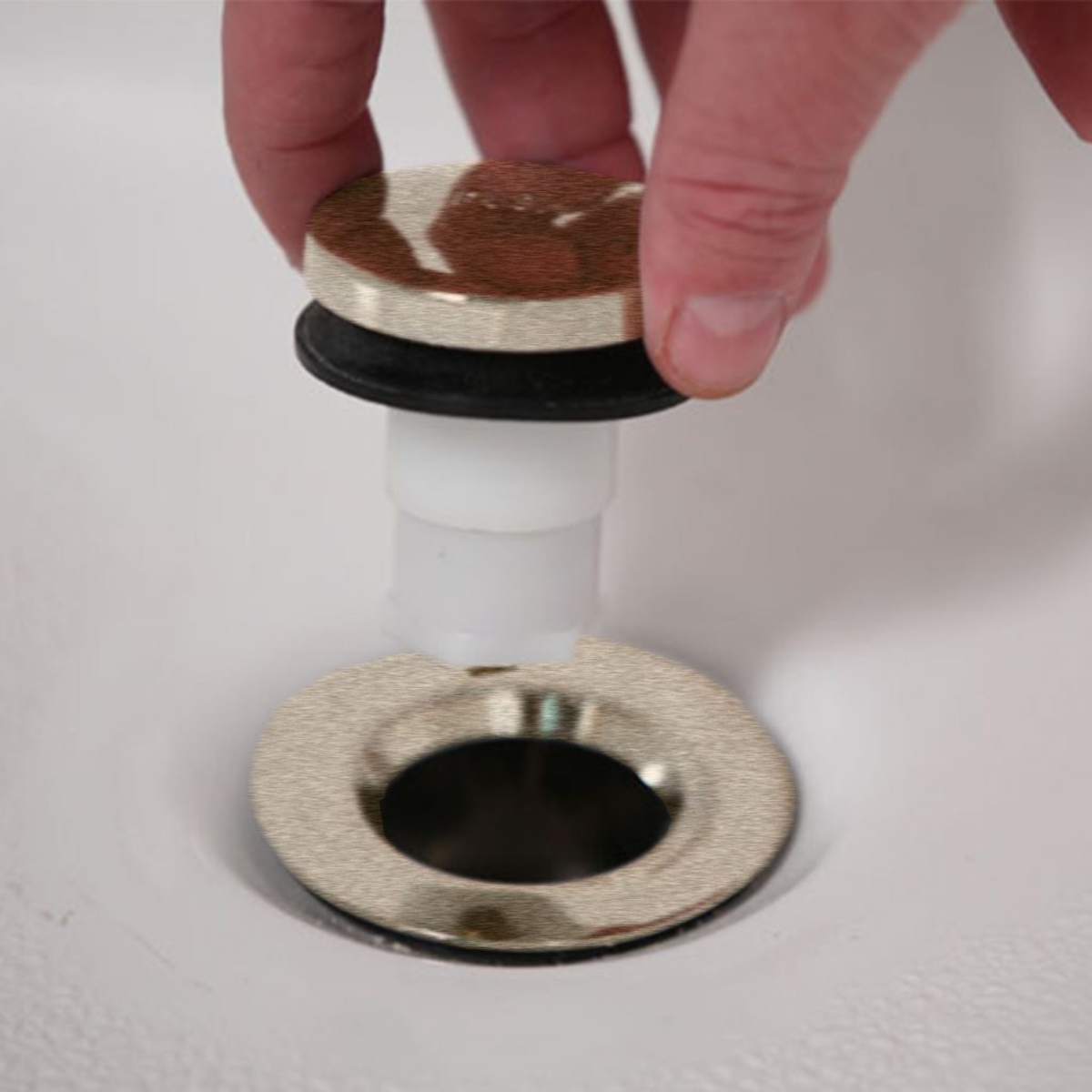
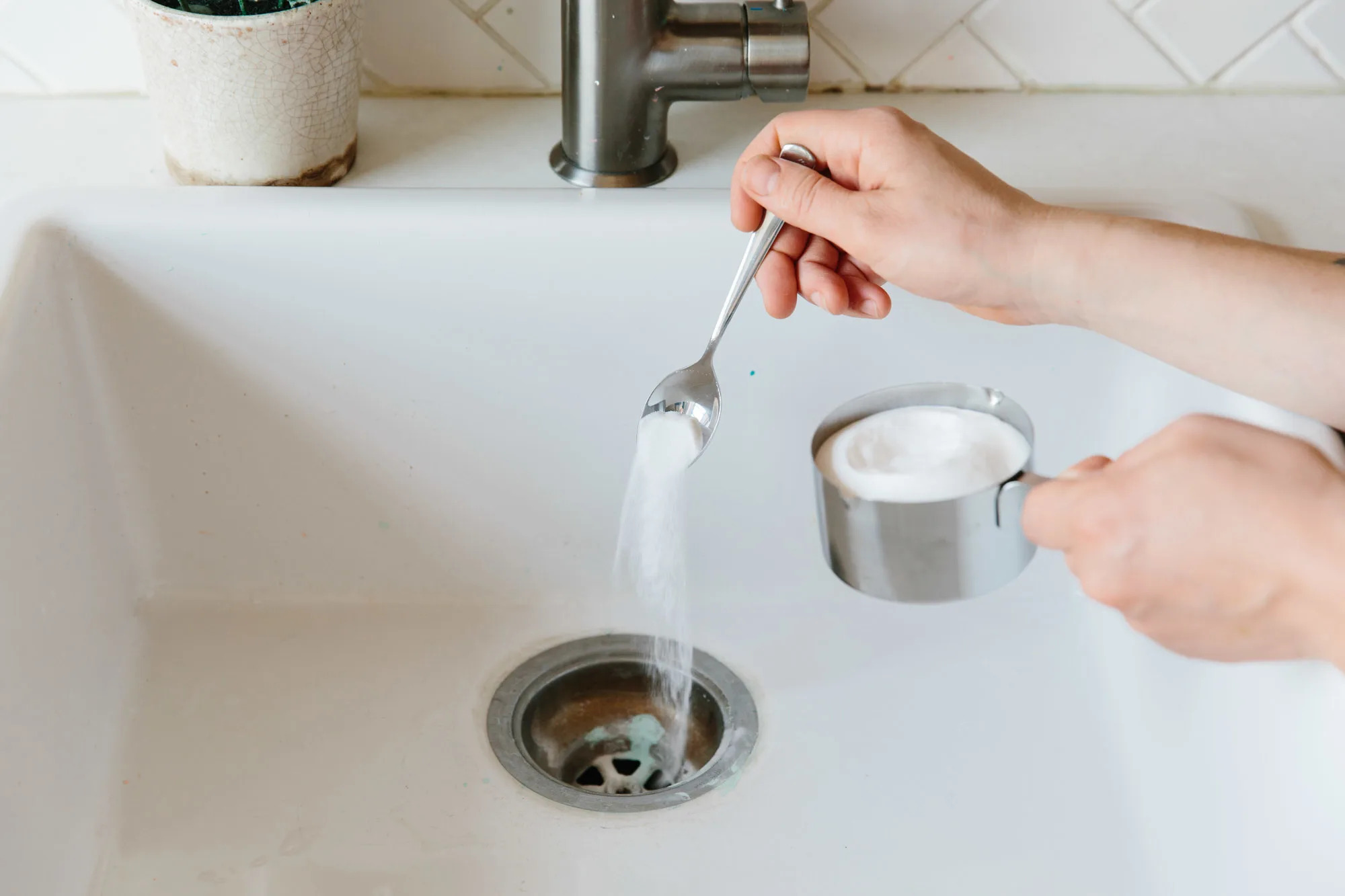
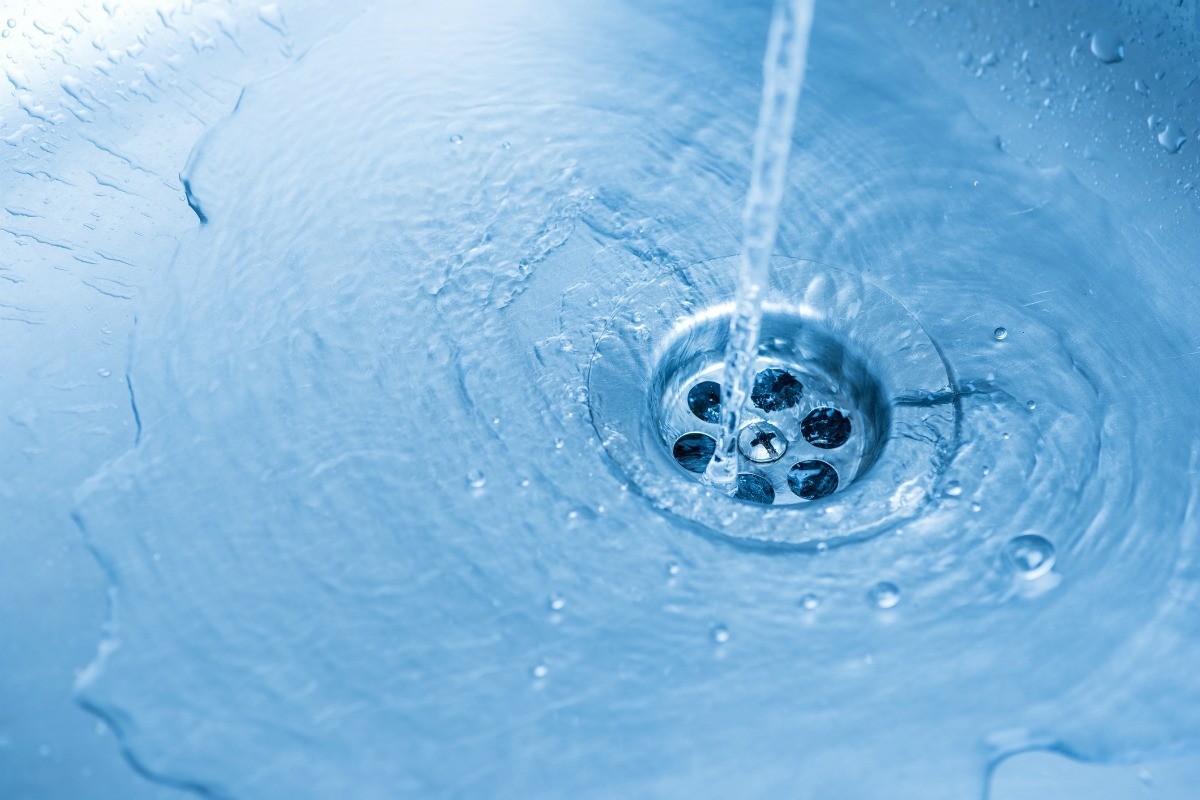
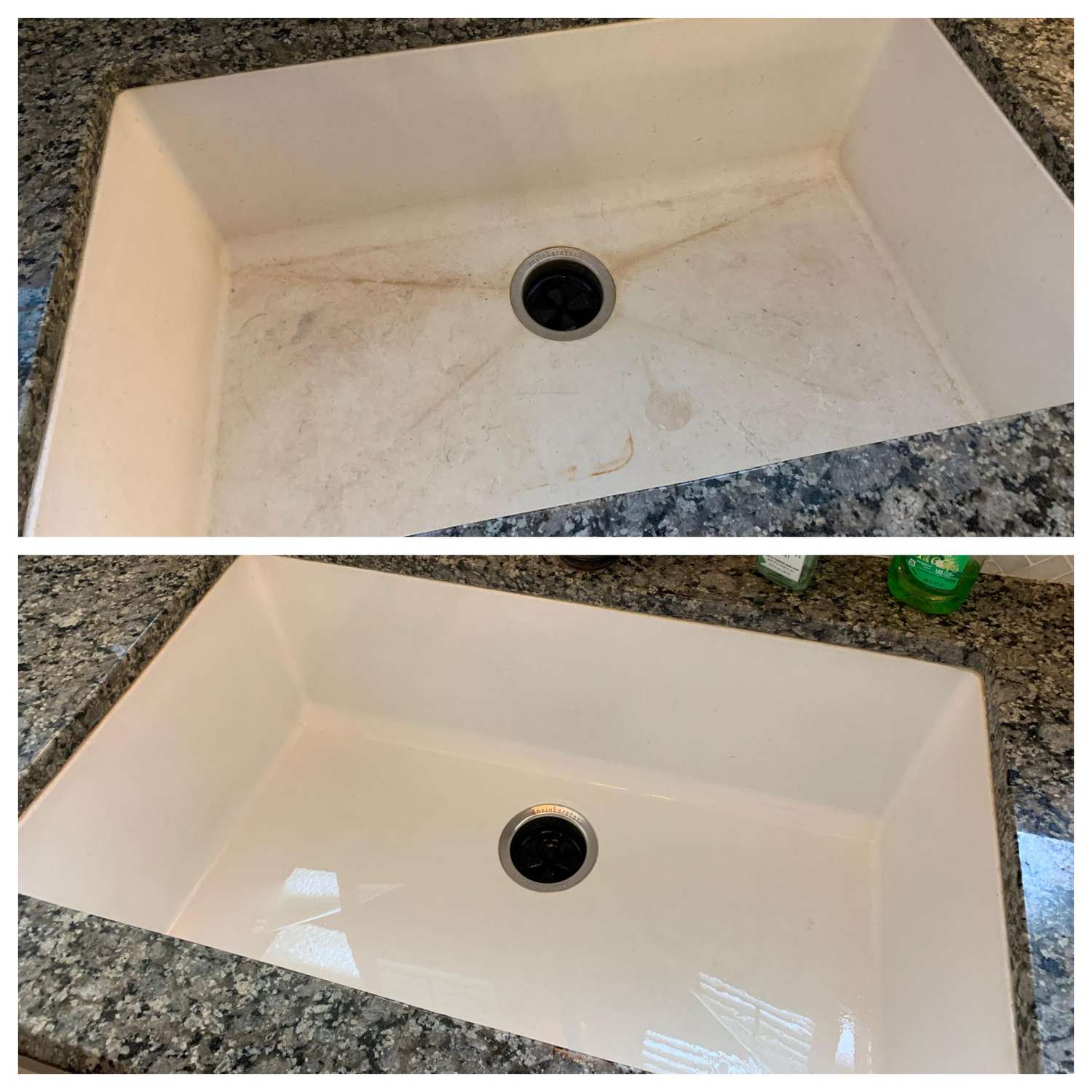
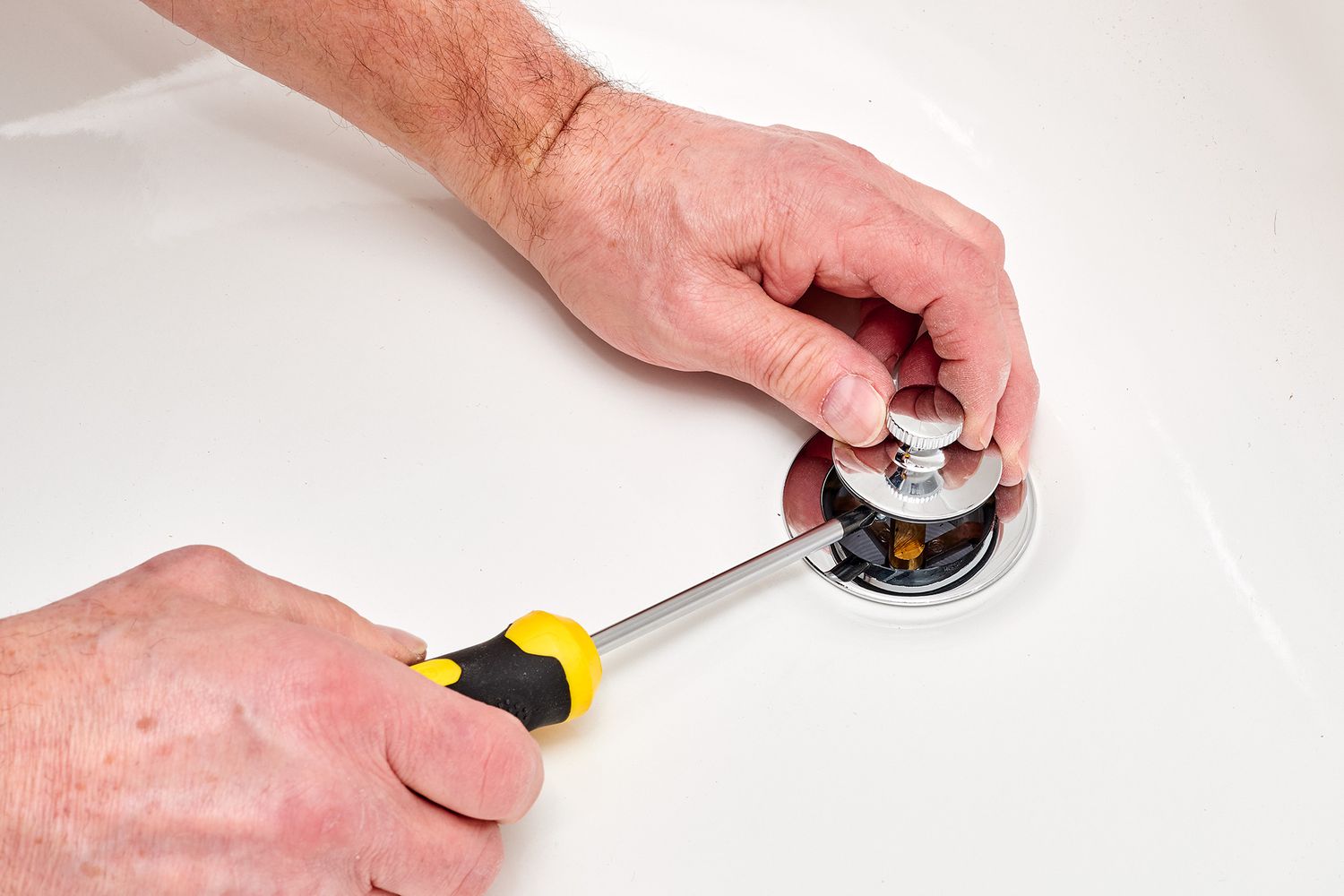

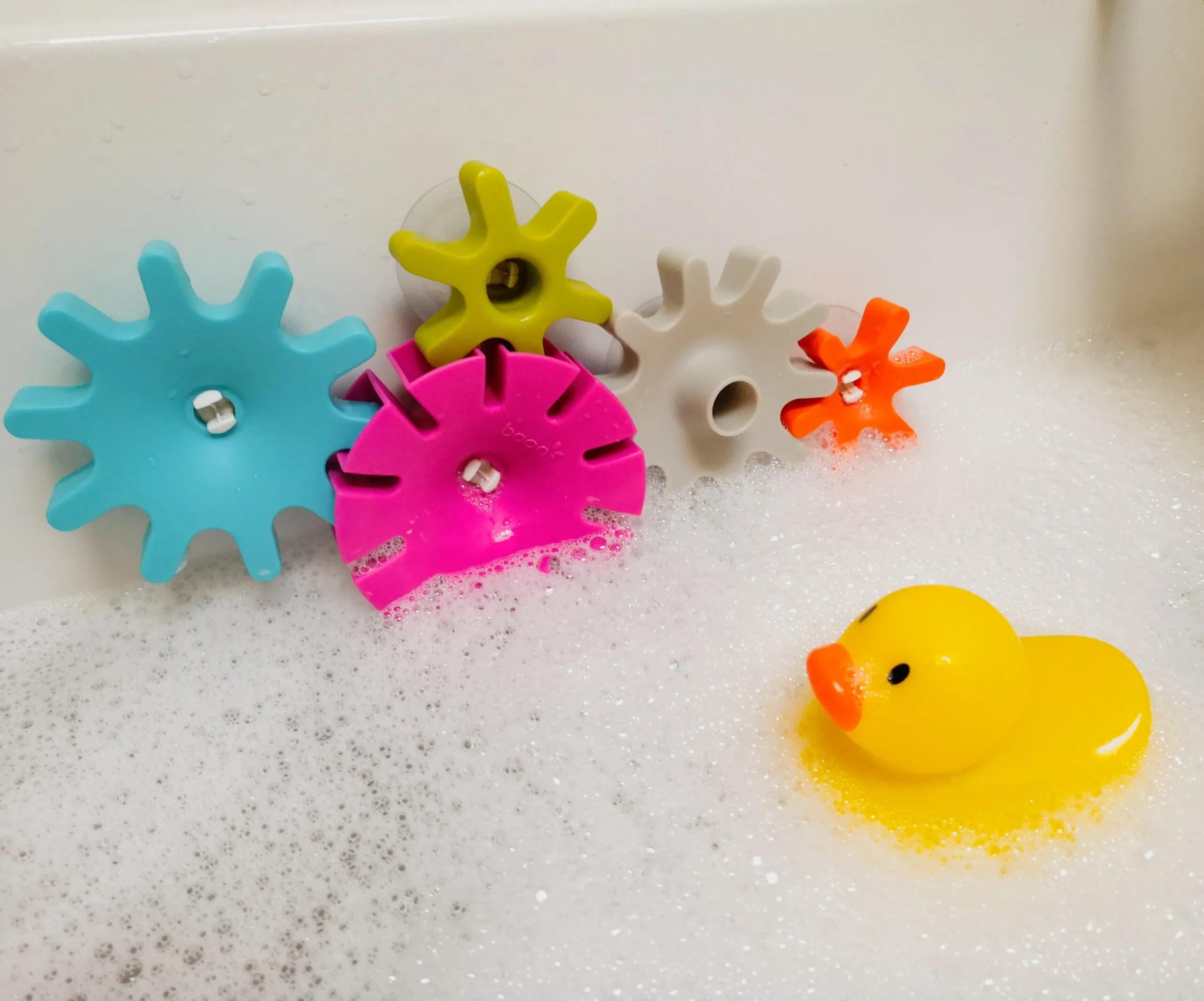
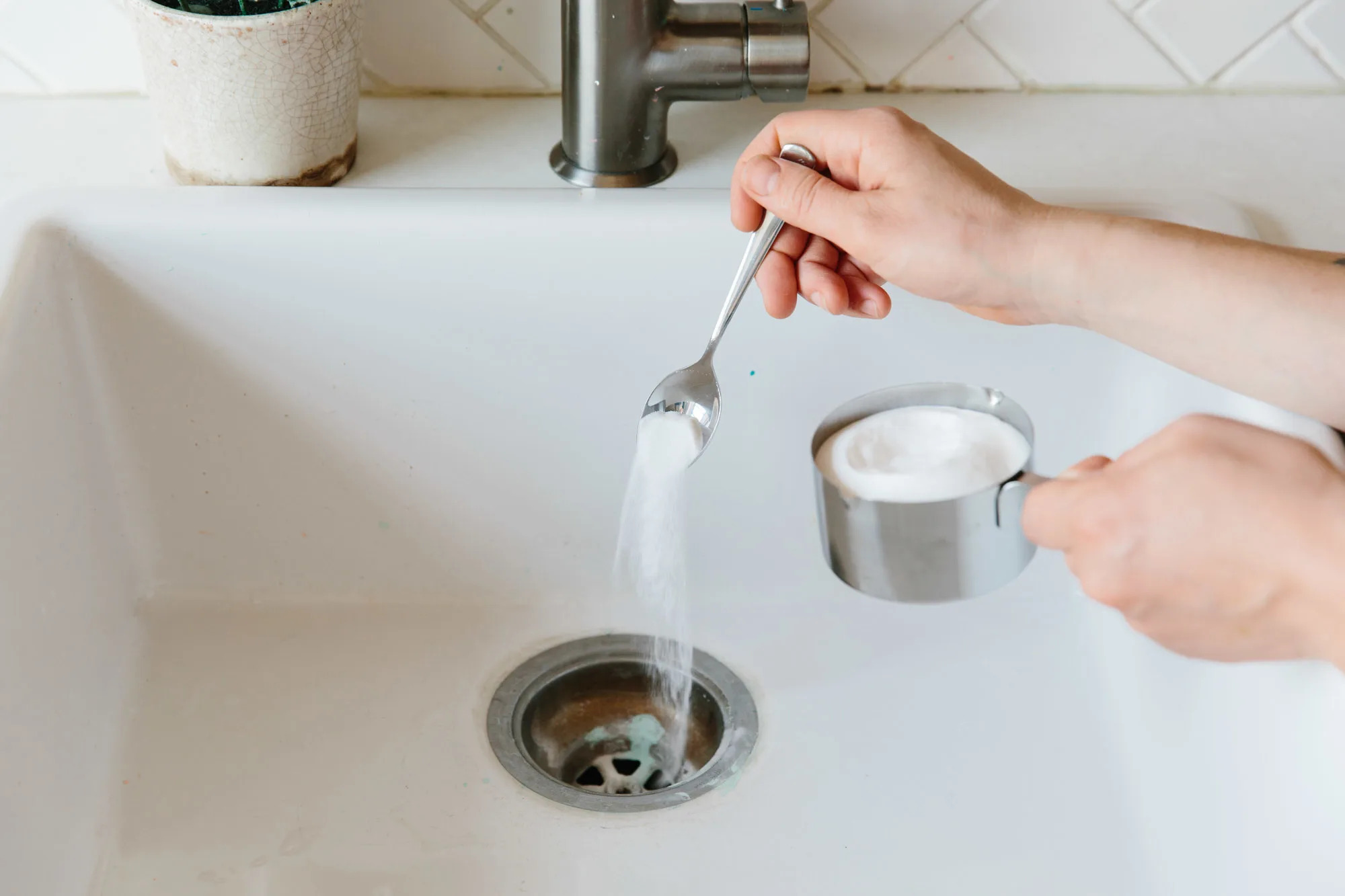
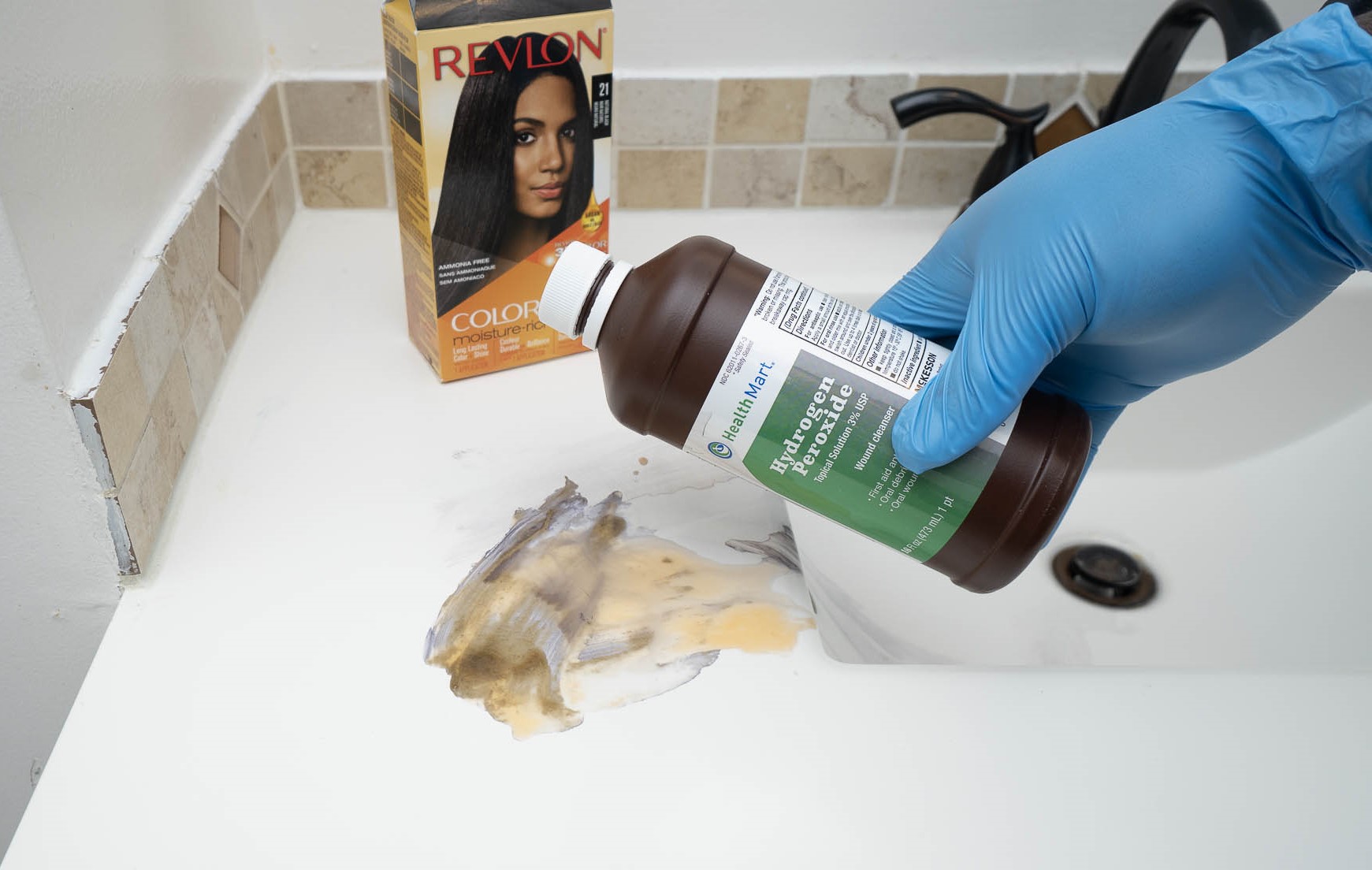

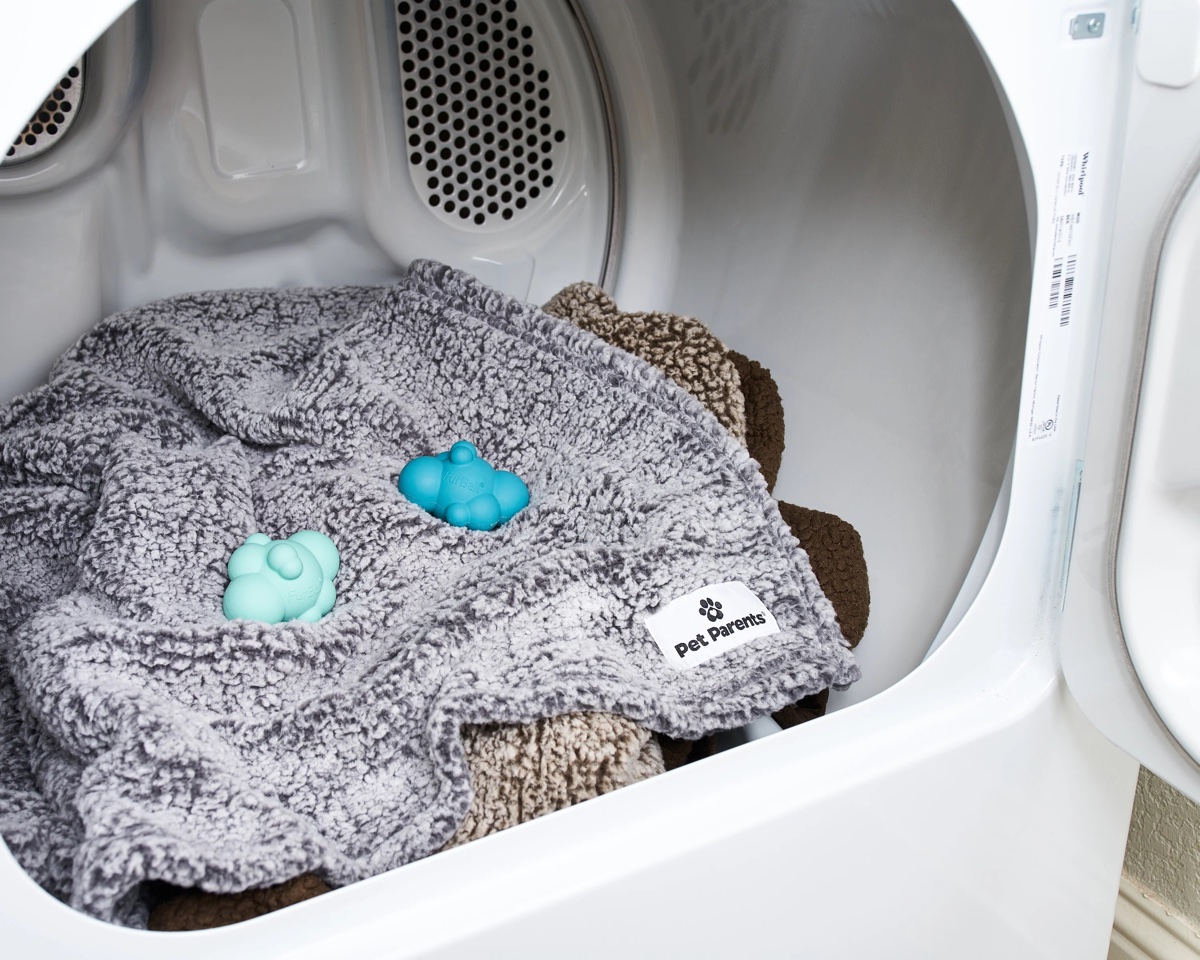
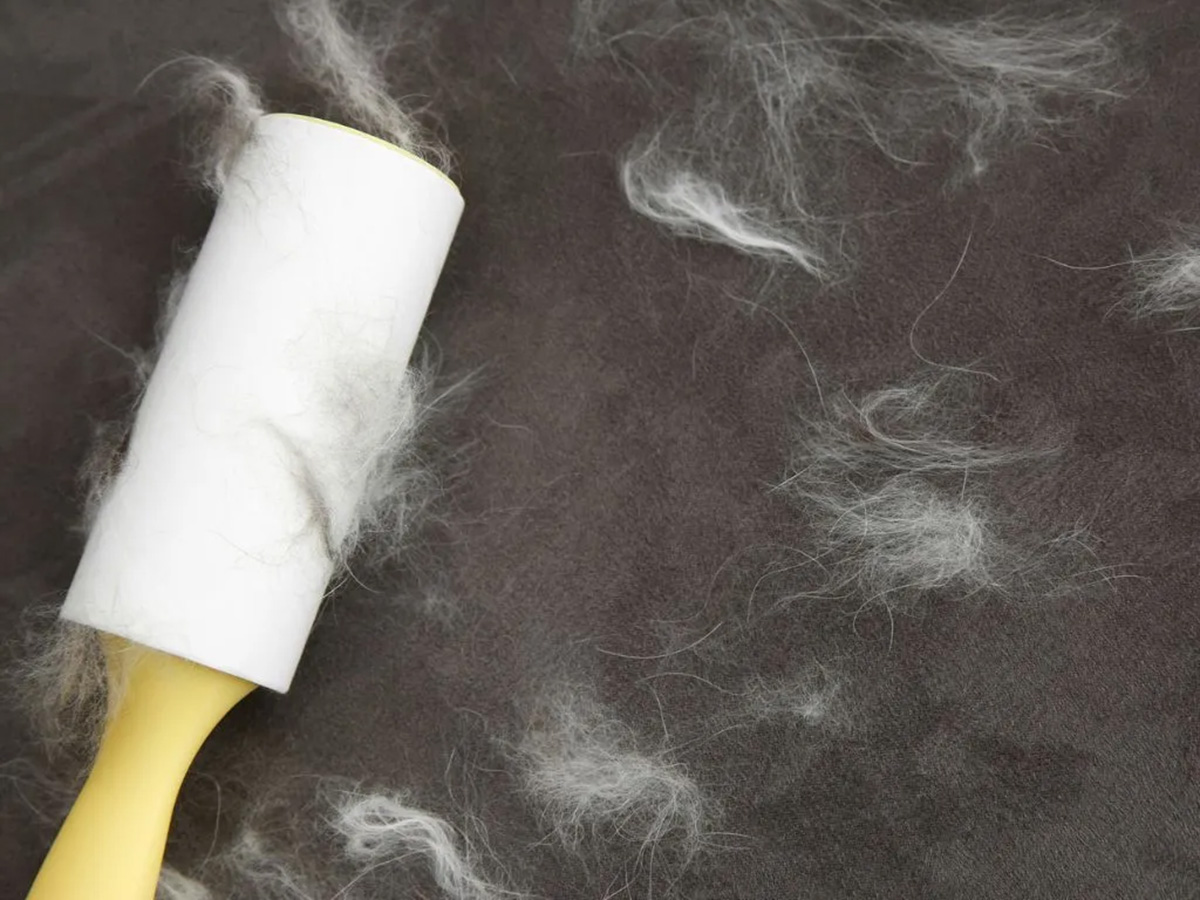
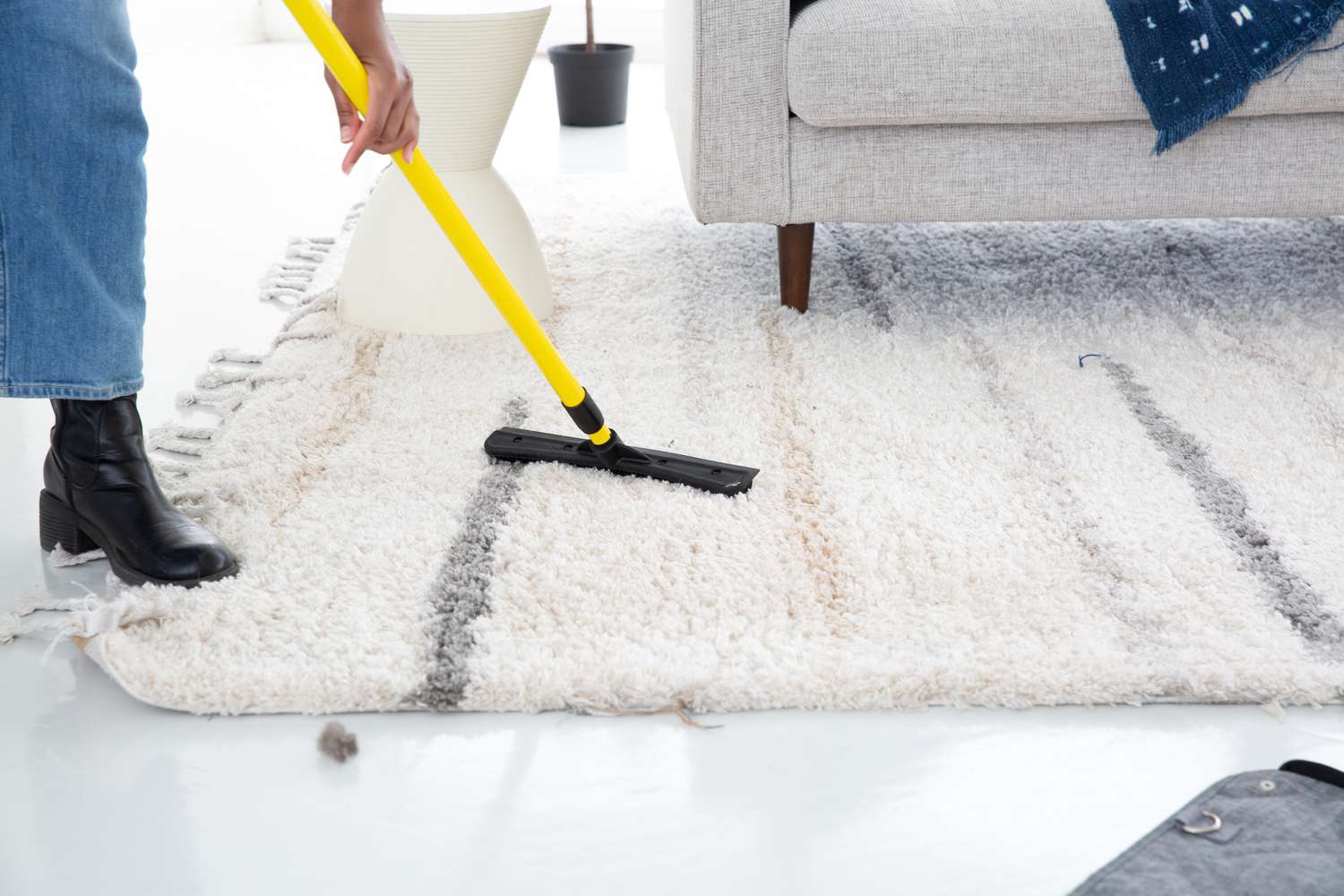
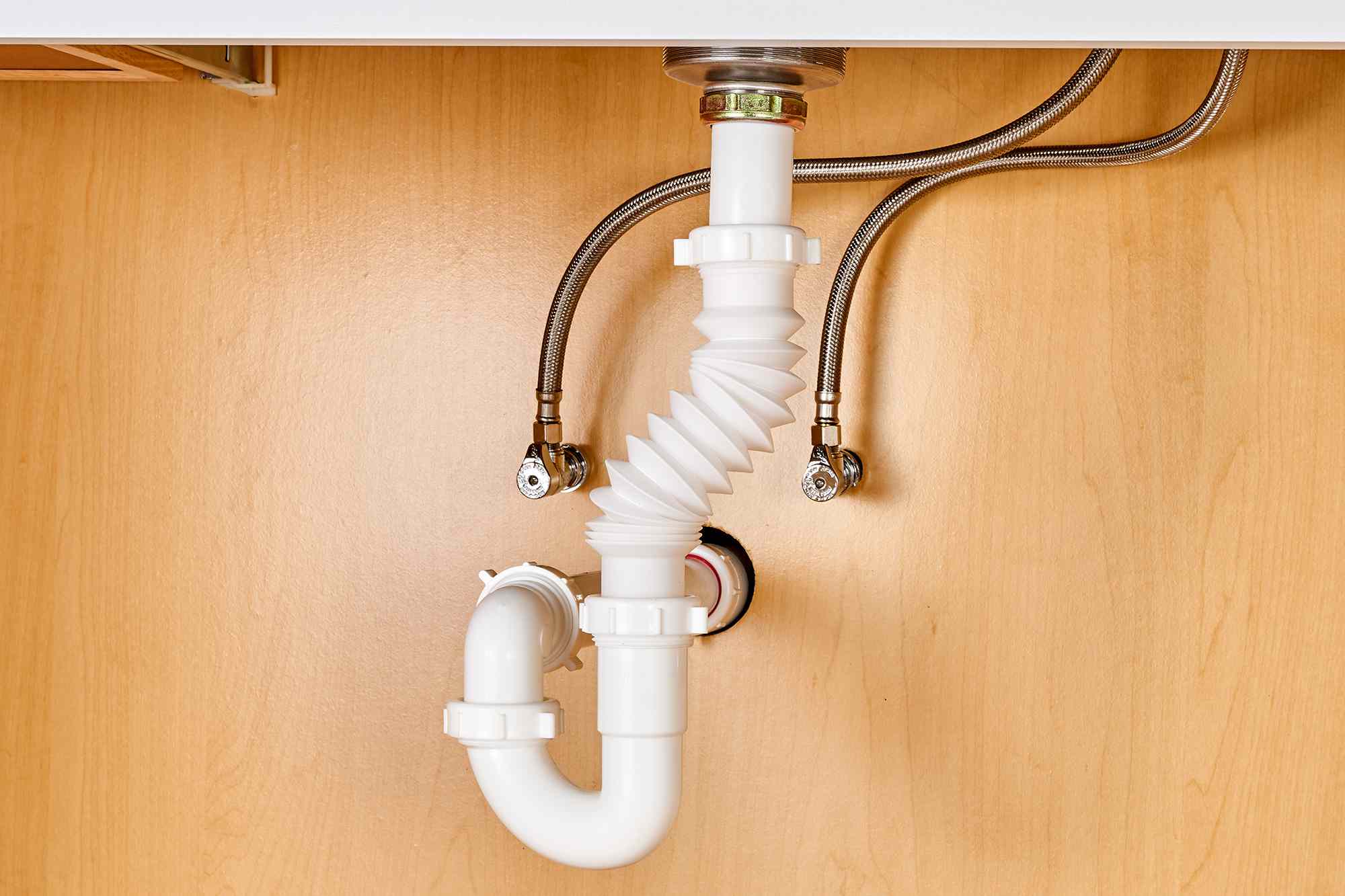

0 thoughts on “How To Get Hair Out Of Sink Drain”